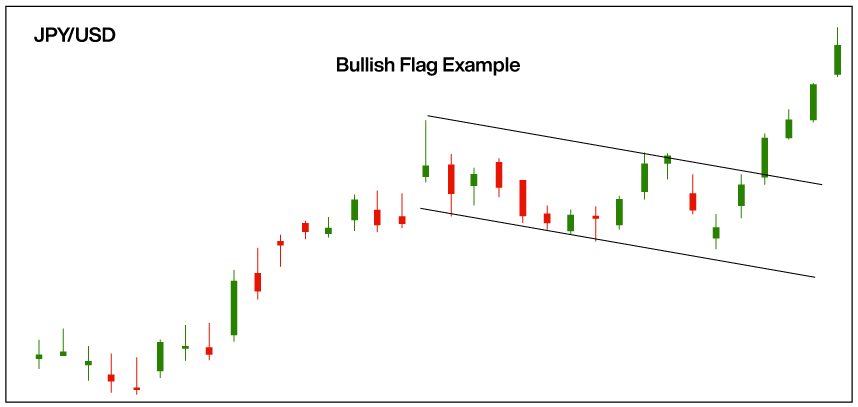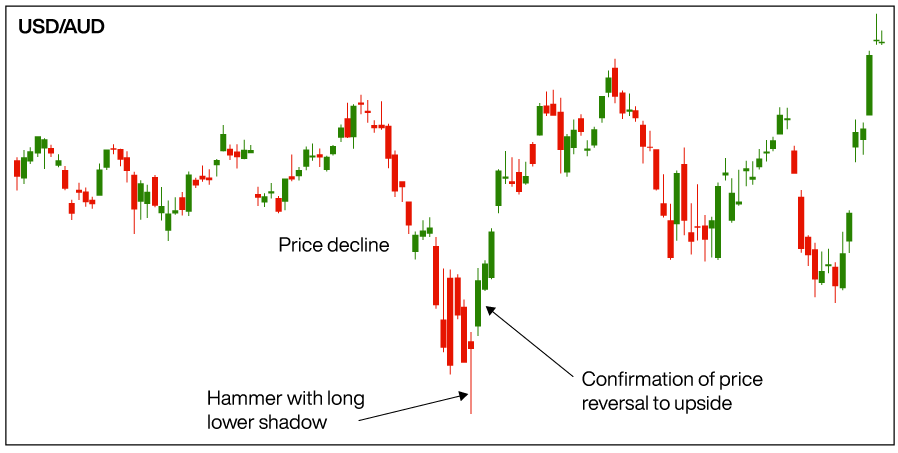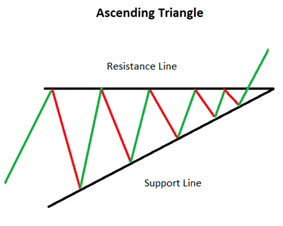All You Need to Know About Day Trading Patterns

Day trading is popular for its multiple advantages, including protection against overnight risk, mobility, independence and numerous trading opportunities. But, as in any other trading style, it comes with its own share of risks. In fact, around 80% of day traders stop trading within just 2 years due to these risks. However, the good news is that there are ways you can minimise risk. One of the best methods to achieve this is by using chart patterns to make trading decisions. So, here’s all you need to know about patterns for day trading.
What are Trading Patterns?
Trading patterns are unique formations created by asset price movements on a chart. The pattern can be identified with a line connecting common price points, such as low or high prices, or closing prices, during a particular timeframe. Trading patterns can be divided into 2 categories: continuation patterns and reversal patterns.
- Continuation patterns indicate a temporary pause of an existing trend. These patterns can be thought of as the bears relaxing in a downtrend or the bulls catching their breath in an uptrend.
- Reversal patterns, on the other hand, indicate a change in direction in an ongoing trend.
The Benefits of Using Patterns for Day Trading
Trading patterns can help day traders:
- Recognise market trends and identify entry and exit positions.
- Identify support and resistance levels to decide whether to go long or short.
- Forecast future price movements of an asset.
The Best Patterns for Day Trading
Here’s a look at the most popular patterns among day traders.
1. Flag Chart Patterns
Flag patterns fall in the continuation pattern category. They indicate the consolidation of price within a small range, after a sharp upwards or downwards movement. When a flag pattern develops on a chart, the prevailing pattern is expected to continue for some time.

The pattern gets its name from its unique shape, resembling a flag. The pattern has 2 distinct components, the flag and the flagpole. The flag represents an area of consolidation in the price action, while the flagpole displays the price direction outside of the pattern. Both bullish and bearish trends can be identified with flag patterns.
Using Flag Patterns for Trading
One of the most popular ways of trading with flag patterns is by setting the profit target according to the length of the flagpole. With this, the distance is measured from the beginning of the sharp price movement to the flag tip. For instance, if the distance is 50 pips long, then a 50 pip target can be added at the lowest part of the flag. This is done in case the breakout occurs upwards. In case the breakout moves downwards, 50 pips can be subtracted from the top of the flag. The net result achieved after subtraction or addition would be the profit target.
2. Hammer Candlestick Patterns
Hammer candlestick patterns form when an asset rallies to close near its opening price, after trading significantly lower during the session. This forms a candlestick with a lower shadow that is almost double the size of the real body. The shadow represents the lows and highs of the timeframe, while the candlestick’s body shows the difference between the opening and closing prices.

Trading with Hammer Patterns
Hammer candlesticks indicate a possible seller capitulation, forming a bottom. This is accompanied by an increase in price, indicating possible price reversal. The image above shows a hammer pattern preceded by a price decline. The pattern has a body multiple times longer than the real body. Here the hammer signals a possible upside price reversal. The confirmation is achieved through the next candle, which shows the price moving closer to the opening price.
Traders tend to buy when they identify such confirmation candles. The stop loss can be placed below the bottom of the hammer candle or slightly below the real body of the hammer.
3. Ascending Triangle Pattern
An ascending triangle is usually a bullish pattern. The ascending triangle is created with 2 trendlines that converge as the pattern completes itself. The top trend line or the resistance level is completely horizontal. It is created by joining the swing highs. It is not necessary for the highs to be of exactly the same height, but they should be close in height to each other.

The bottom line is the support level. It is created by joining a series of continuously rising lows. For the creation of a reliable triangle pattern, there should be at least 2 swing highs and 2 swing lows.
Trading with an Ascending Triangle
Once the price breaks through the resistance line, it is expected to move in an upward direction. At this point, traders tend to open long positions. However, sometimes, there can be false breakouts as well. To minimise the possibility of falling victim to a false breakout, traders carefully monitor the trading volume. Low trading volume can point towards a false breakout.
Along with using trading charts, it is also a good idea to use a demo account to practice identifying chart patterns and using them for trading decisions. This way, traders can master trading patterns, in live market conditions, without risking any real money.







